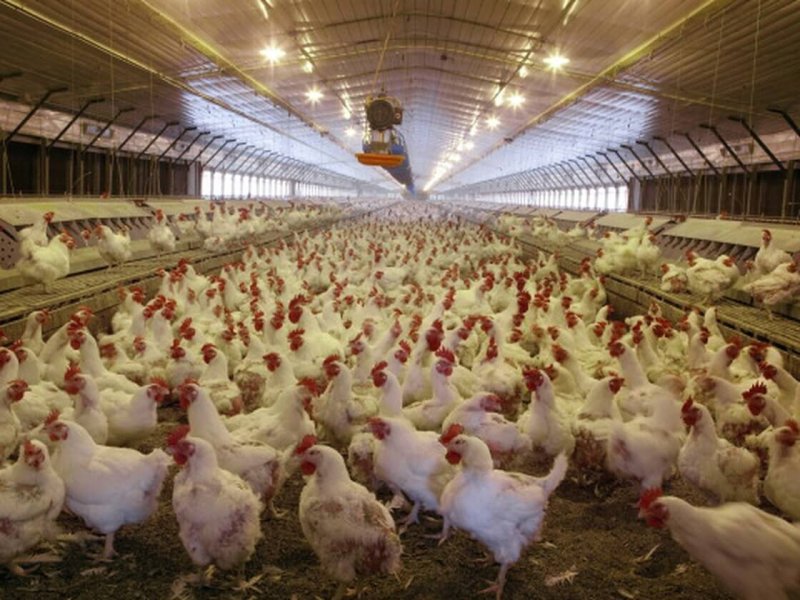Intensive farming of livestock offers many advantages over traditional open ranges, not least economies of cost and scale, more efficient healthcare for the herds and flocks, and ultimately cheaper food. According to the UN, globally CAFOs account for 72% of poultry, 42% of egg, and 55% of pork production.
In 2000, there were an estimated 15 billion livestock in the world, according to the Worldwatch Institute. By late [2016], that had risen to about 24 billion, with the majority of eggs, chicken meat and pork produced on intensive farms.
…
As a joint investigation by the Guardian and the Bureau of Investigative Journalism revealed … at least 789 megafarms, meeting the US definition of CAFOs, now operate around the UK, with every region of the country hosting several such operations, many of them owned by foreign multinationals.
…
Emma Slawinski, director of campaigns at Compassion in World Farming, said the problems of mega farms around the world included over-medication, where animals are given antibiotics whether they are needed or not.
The GLP aggregated and excerpted this blog/article to reflect the diversity of news, opinion, and analysis. Read full, original post: Rise of mega farms: how the US model of intensive farming is invading the world































